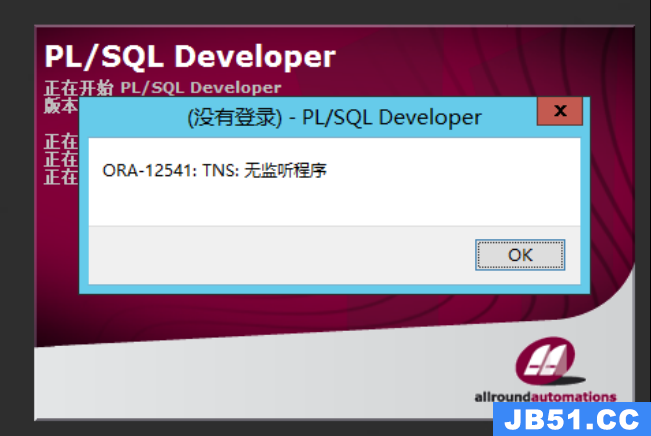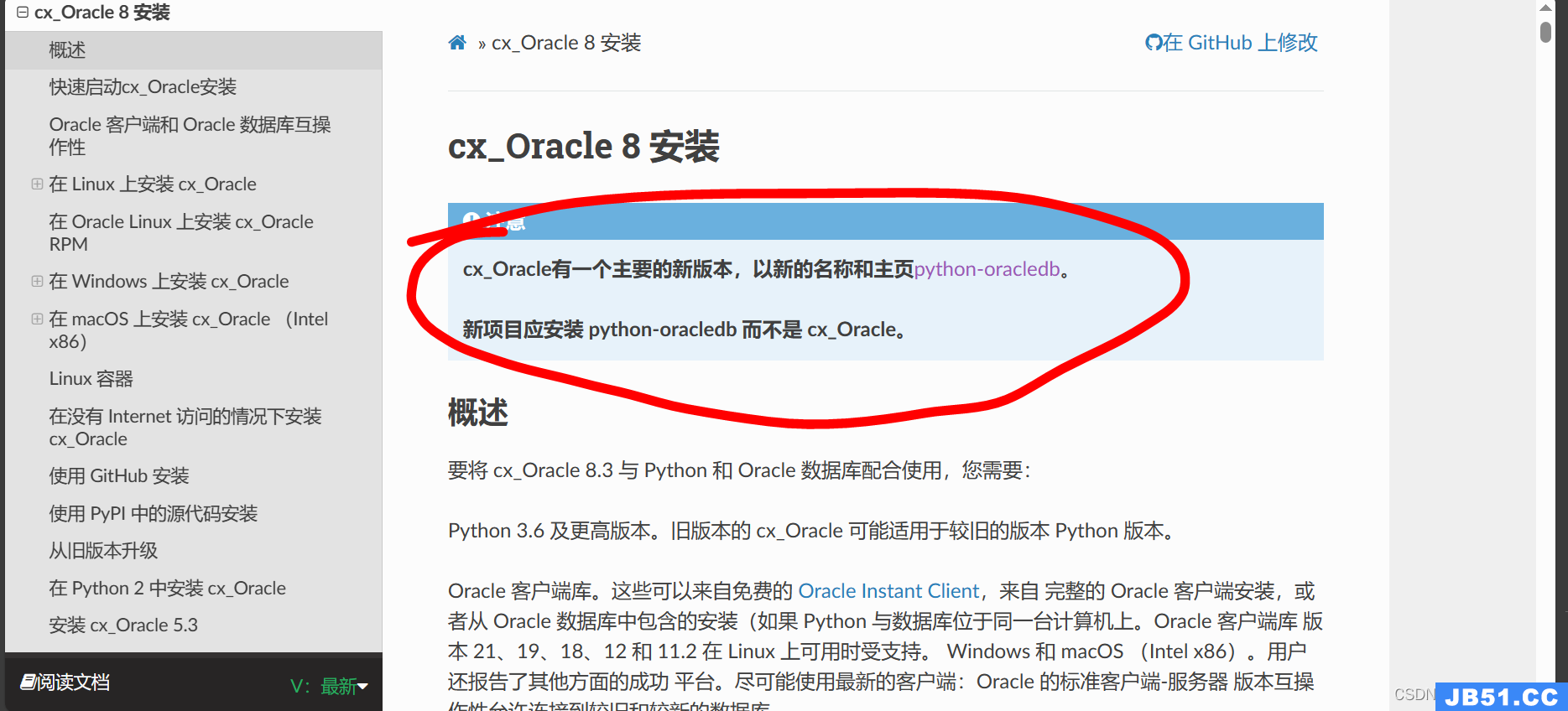子查询
–查询工资比scott高的所有员工信息
–1、查询scoot员工的工资,2、查询比scott工资高的员工信息。
select * from emp
where sal >(select sal from emp
where ename = 'SCOTT')
–子查询所要解决的问题: 问题不能一步求解。
–注意的问题:
–1、将子查询放入括号中
– 2、采用合理的书写风格
–3、可以在主查询的where select from having 后面,放置子查询
–4、不可以在group by 后面放置子查询
–5、强调from后面放置的子查询
–6、主查询和子查询可以不是同一张表,只要子查询返回的结果,主查询可以使用,即可。
–7、一般不再子查询中使用order by,但是在Top-N分析问题中,必须使用order by
–8、一般先执行子查询,在执行主查询;但相关子查询除外。(名词:相关子查询)
–9、单行子查询只能使用单行操作符,多行子查询只能使用多行操作符
–10、注意子查询中null
注意事项解释
–3、在主查询的where select from having中放置子查询
select ename,sal,(select job from emp where empno=7839) myjob from emp;
–5.强调from后面放置子查询
–查询员工姓名和薪水
select * from (select ename,sal from emp);
–主查询和子查询可以不是同一张表,只要子查询返回的结果,主查询可以使用,即可。
–查询部门SALES部门的员工信息
select *
from emp
where emp.deptno = (select deptno
from dept
where dname = 'SALES')
–多行操作符
–in: 在集合中
–查询部门名称在SALES和ACCOUNTING的员工信息
select * from emp where deptno in (select deptno from dept where dname = 'SALES' or dname = 'ACCOUNTING');
–any 和集合的任意一个值比较
–查询工资比30号部门任意一个员工高的员工信息。
select * from emp where sal > any (select sal from emp where deptno = 30);
–类似于大于30号部门员工工资的最小值。可以改写成单行子查询
select * from emp where sal > (select min(sal) from emp where deptno = 30);
–all 和集合的所有值比较
–查询工资比30号部门所有员工高的员工信息
select * from emp where sal > all (select sal from emp where deptno=30);
–null值在多行子查询中的问题
–1、not in 等同于all,在多行子查询中返回的结果如果有空值,则不能使用。
–2、in 等同于any,可以使用在多行子查询中返回的结果为空的情况。
–查询不是老板的员工信息(意思是查询普通员工的信息)
select * from emp where deptno not in (select mgr from emp where mgr is not null)
练习题
–练习题一:
–知识:rownum(伪列)
使用rownum需要注意的问题:
1、行号永远按照默认的顺序生成
2、行号只能使用< <=,不能使用> >=
–查询员工表中工资最高的前三名
select rownum,empno,ename,sal from (select * from emp order by sal desc) where rownum <=3
–找到员工表中薪水大于本部门平均薪水的员工。
select e.empno,e.ename,e.sal,b.avgsal from emp e,(select deptno,avg(sal) avgsal from emp group by deptno) b where e.sal > b.avgsal and e.deptno = b.deptno;
–统计员工总人数,以及员工每年入职的人数。
select count(*)total,sum(decode(to_char(hiredate,'yyyy'),'1981',1,0))"1981",'1980',0))"1980",'1982',0))"1982",'1987',0))"1987"
from emp;
集合查询
查询10号和20号部门的员工
1、select * from emp where deptno in (10,20);
2、select * from emp where deptno=10 or deptno=20 3、集合运算 select * from emp where deptno=10 union select * from emp where deptno=20;
–利用集合运算实现group by的增强
注意
1.参与运算的各个集合必须列数相同且类型一致
2.采用第一个集合的表头作为最后的表头
3.如果排序,必须在每个集合后使用相同的order by
4.使用括号改变执行顺序。
select deptno,job,sum(sal) from emp group by deptno,job union select deptno,to_char(null),sum(sal) from emp group by deptno union select to_number(null),sum(sal)from emp

 文章浏览阅读8.7k次,点赞2次,收藏17次。此现象一般定位到远...
文章浏览阅读8.7k次,点赞2次,收藏17次。此现象一般定位到远... 文章浏览阅读2.8k次。mysql脚本转化为oracle脚本_mysql建表语...
文章浏览阅读2.8k次。mysql脚本转化为oracle脚本_mysql建表语... 文章浏览阅读2.2k次。cx_Oracle报错:cx_Oracle DatabaseErr...
文章浏览阅读2.2k次。cx_Oracle报错:cx_Oracle DatabaseErr... 文章浏览阅读1.1k次,点赞38次,收藏35次。本文深入探讨了Or...
文章浏览阅读1.1k次,点赞38次,收藏35次。本文深入探讨了Or... 文章浏览阅读1.5k次。默认自动收集统计信息的时间为晚上10点...
文章浏览阅读1.5k次。默认自动收集统计信息的时间为晚上10点...